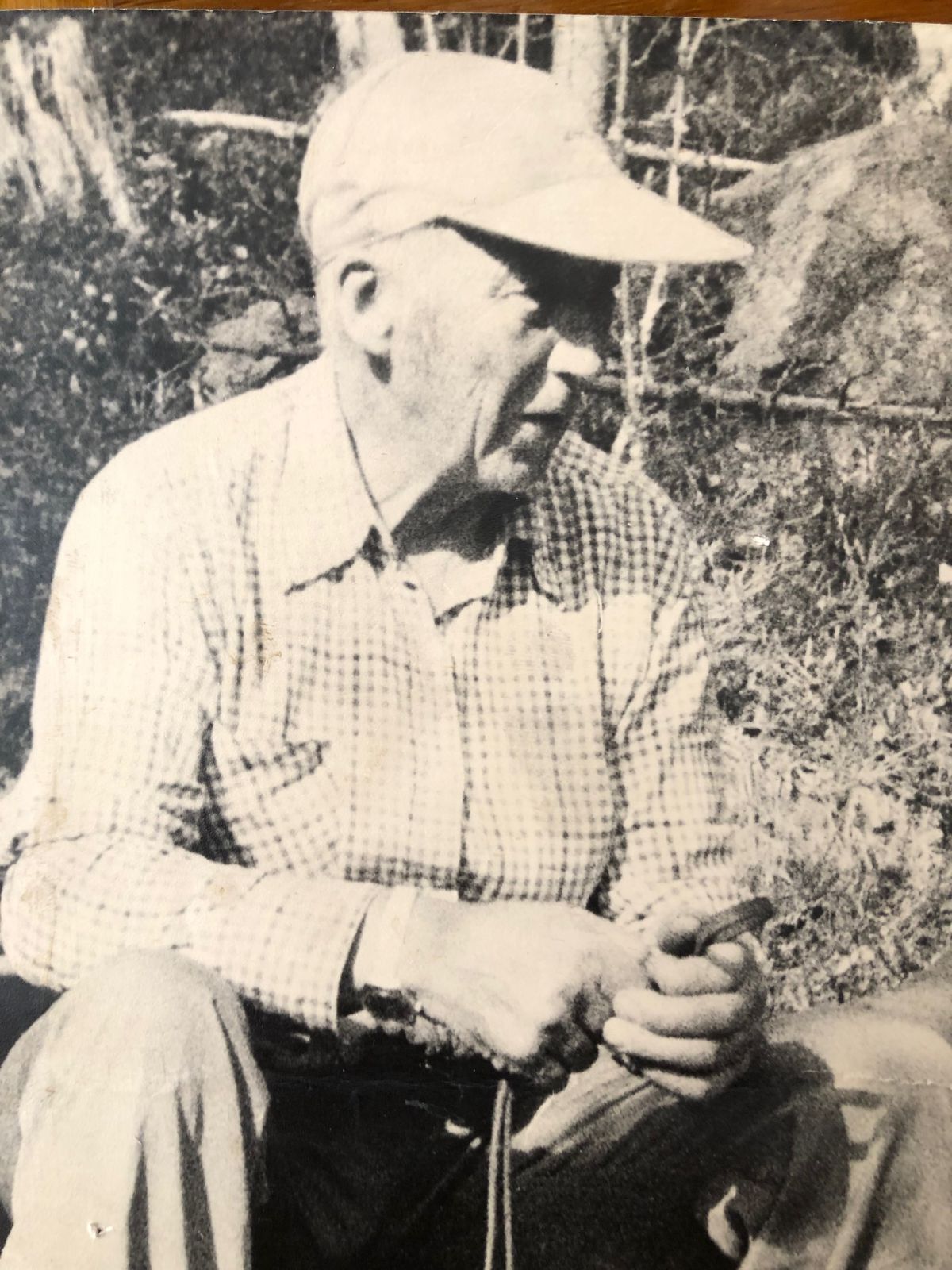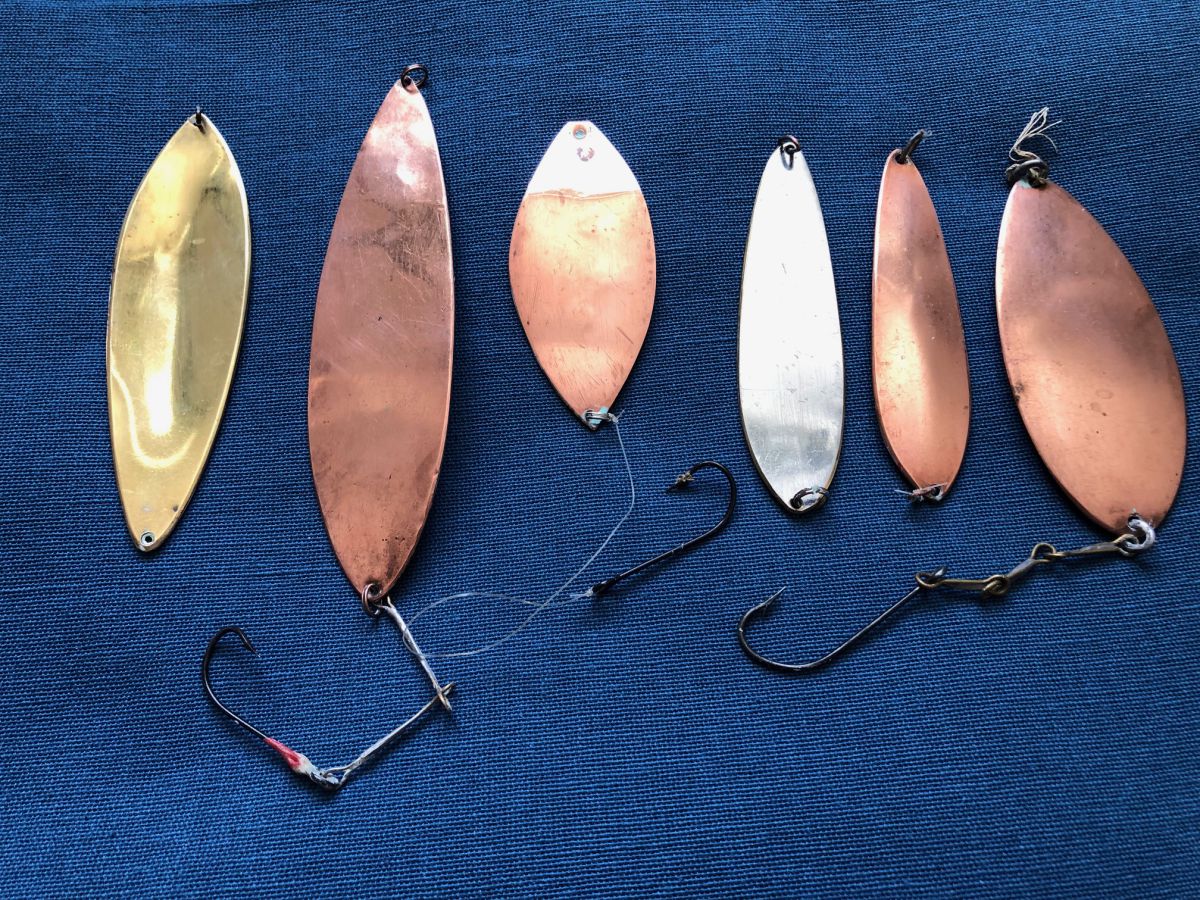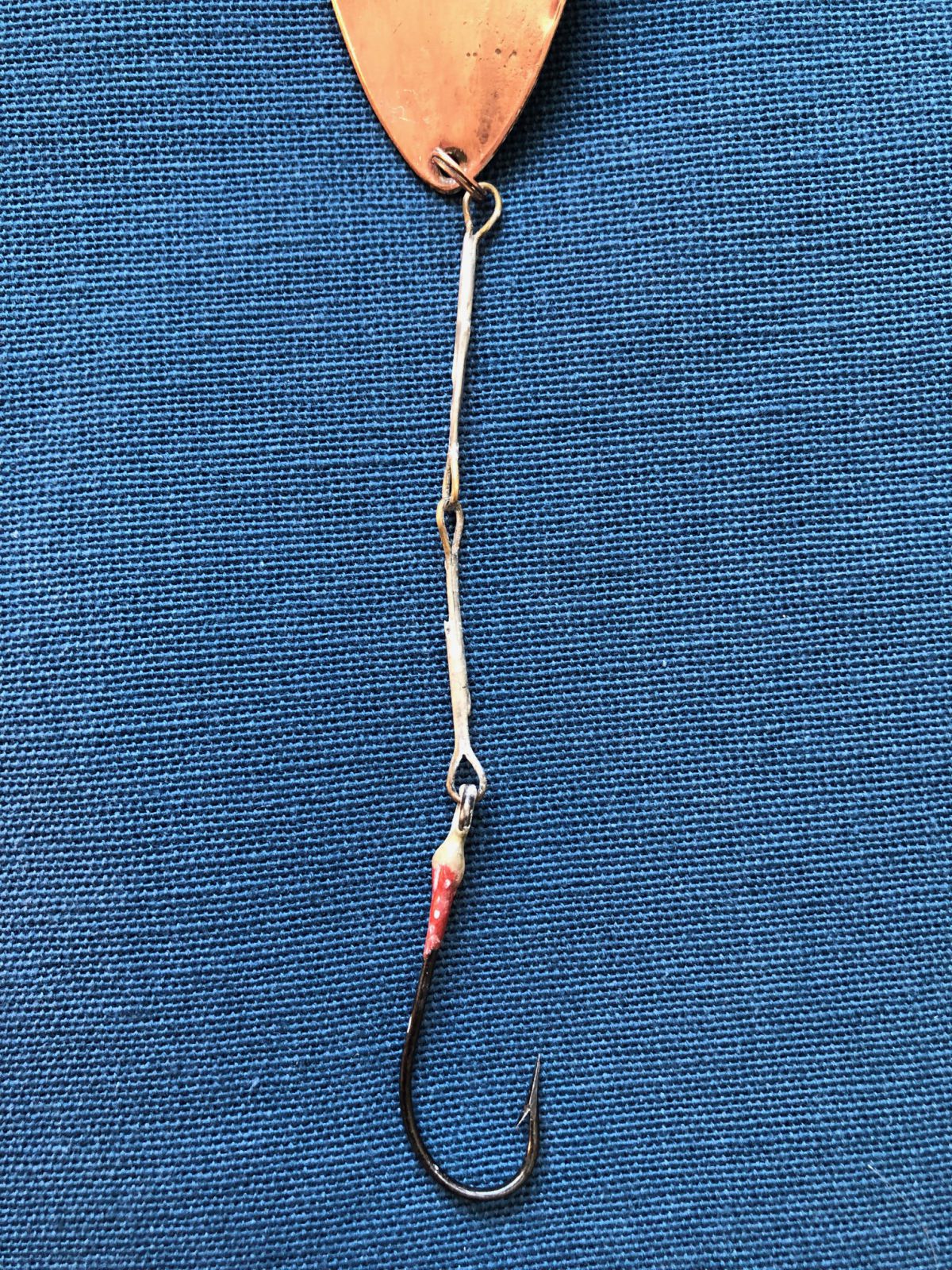Nils Edvard Nilsson was born on 23 February 1909 in Jönsnils in Långå as the fourth child of Anna and Jöns Nilsson. In the group of siblings who were seven children, five of whom lived to adulthood, Edvard was the first to be born on the family farm, Jönsnils´, the croft site that was built and cultivated by the parents at the foot of Skansberget in Långå, western Härjedalen.

Nils Edvard Nilsson 1909 – 1994
Edvard's great interest was fishing, especially at Grundsjön. He fished all year round when it was allowed, both summer and winter. After the regulation of Mittån and the damming of the two Grundsjöarna, upper and lower respectively, in the early 1970s he had his boat and ark laid up in the bay west of the current campsite on the south side of the lake. The bay is called "Edvardsviken" after him.
But Edvard naturally fished in many more waters. Långeljusnan offered good fishing as well as ponds, lakes and other waterways around Långå. He was the owner of fishing rights and had access to both rod fishing and net fishing for subsistence fishing. Visiting tourists, who rented from Edvard, became recurring year after year and a solid friendship developed. On one occasion, Edvard was taken salmon fishing in Orkla, one of the most interesting salmon rivers in Norway.
Edvard's fishing technique was mostly fly fishing with a long rod. As a young boy, of course, he fished for brook trout with rod and worm. In the nearby Stortjärn in Långå, he fished for perch and also the prized pike. In winter, Grundsjöarna contributed the delicate lake. Fresh fish was recurring on the menu, but also the salted and lightly fermented 'gravefish'’ to compare with Rakörret in Norway.
Sometime in the 1940s, Edvard bought a casting rod with a multiplier reel, an effective fishing equipment, but technically quite far from today's reels and rods. In the late 1950s, he acquired a reeling rod, a novelty which he learned to handle with great skill.

Edvard was a handy person, that is, he was practical and skilled in crafts. Among the most interesting objects he left behind are his pikes, fish sticks, intended for winter fishing and especially used on Grundsjön for the famous Grundsjörödingen, but of course also on other lakes within the Långåfisket in western Härjedalen.
He experimented with different sizes in thick copper sheet and varying colors in copper, brass or silver. The catchy Edwardian spike can be made of copper on one side and brass or silver on the other side. Some pikes were made striped, where one side was of copper and the other striped with alternating strips of silver and brass respectively with copper in the intervening fields. The loops in the pegs, where the fishing line or hook would be attached, he usually made of copper wire that was tinned and carefully soldered together. The limited access to materials was combined with inventiveness, imagination and the ability to see something useful in most discarded items. We are talking about innovation and reuse today.

Consider ingenuity with detail in the hook that will attract the fish, the safety of the hanger and skillful craftsmanship.
Edvard continued his fishing as long as his ability carried him. Nils Edvard Nilsson became 85 year.
Helgi Jonsson [Nephew of Edvard and heir to the farm]




